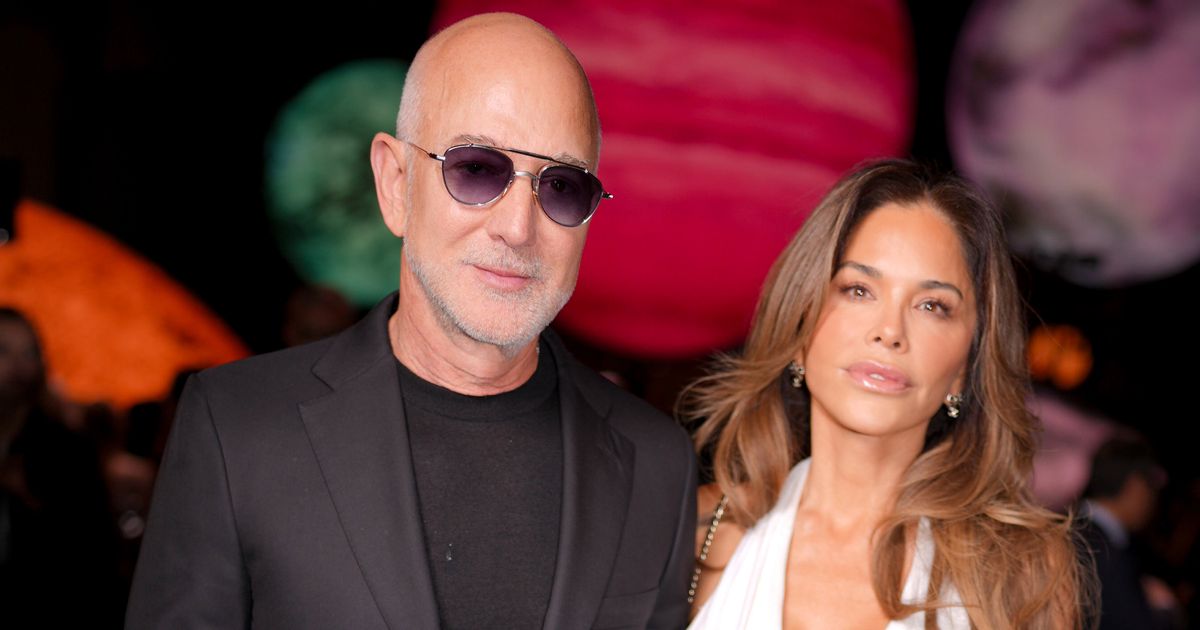Category: 4. Technology
-

Blue Buffalo x Olivia Culpo
Blue Buffalo x Olivia Culpo have launched a new treats-focused campaign that brings pets into the heart of game day celebrations. Featuring Culpo and her dog, Oliver Sprinkles, the initiative spotlights ‘BLUE Nudges Steak Grillers,’ ‘Homestyle… -

Jeff Bezos Brought His Silver Stubble to Paris Fashion Week
Photo: Swan Gallet/WWD via Getty Images
I’m so sorry to tell you that one of the most famous bald…
Continue Reading
-
Gemini 2.5 Flash: Google’s AI Image Editor Is Now Available In Full – eWeek
- Gemini 2.5 Flash: Google’s AI Image Editor Is Now Available In Full eWeek
- 4 tips for using Nano Banana to create amazing images The Keyword
- Gemini 2.5 Flash Image now ready for production with new aspect ratios Google for Developers Blog
- Nano…
Continue Reading
-

World of Warcraft Leads Say the Worldsoul Saga Will Eventually Address the Sword of Sargeras: ‘Metzen Promised and Metzen Doesn’t Lie’
There’s an elephant in the room in every discussion of World of Warcraft’s upcoming expansion, Midnight. Or should I say, a sword. A really, really big sword.
I’m talking about the Sword of Sargeras, an absolutely colossal weapon bigger than a…
Continue Reading
-

Audiomovers Releases Omnibus 3.0 for Windows
PC users can now route complex multichannel mixes or immersive formats without the need for extra hardware, and send audio between computers over a network with minimal delay.
London, U.K. (October 6, 2025)—Continue Reading

Five tips to fast track your promotions in Donkey Kong Bananza’s Emerald Rush DLC
If you’ve recently taken up employment with Void Company in the Donkey Kong Bananza: DK Island & Emerald Rush paid DLC, then listen up! We’ve got a bunch of tips that’ll not only make meeting your emerald quota a breeze, but have you…
Continue Reading

Save up to $2,000 on my favorite Samsung TV and get a year of ESPN Unlimited free
Adam Breeden/ZDNET
The Samsung QN90F is the brand’s flagship Neo QLED TV, and while it’s worth every penny of it’s full retail price, I’ve found a deal you’re not going to want to miss. Right now when you order directly from Samsung, you can…Continue Reading

Bungie will conduct technical testing on Marathon later this month
After several silent months, Bungie has opened applications for players interested in participating in a closed technical test of Marathon. It’s an invitation-only limited-time test, lasting just October 22-28. Those who are chosen to participate…
Continue Reading
Spiceworks Community Digest: How to save a Windows 10 PC – Spiceworks
- Spiceworks Community Digest: How to save a Windows 10 PC Spiceworks
- Windows 10 support ends: Upgrade to Windows 11 safely Fox News
- Digital Lifestyle Expert Mario Armstrong and Microsoft Partner on a National Satellite Media Tour (SMT) to Guide…
Continue Reading

Medusa ransomware used during exploitation of GoAnywhere file transfer bug, Microsoft says
Cybercriminals are using the Medusa ransomware strain during exploitation of a vulnerability in a popular file transfer tool recently highlighted by federal cybersecurity officials.
Microsoft published a report on Monday analyzing…
Continue Reading